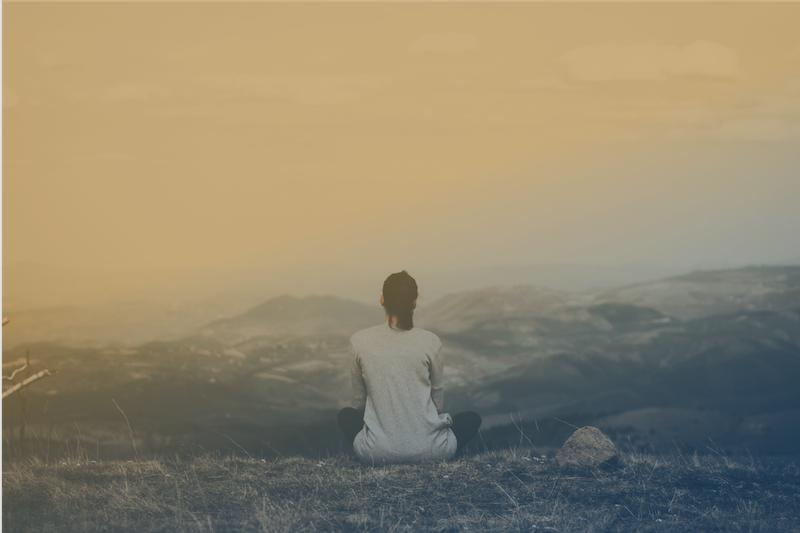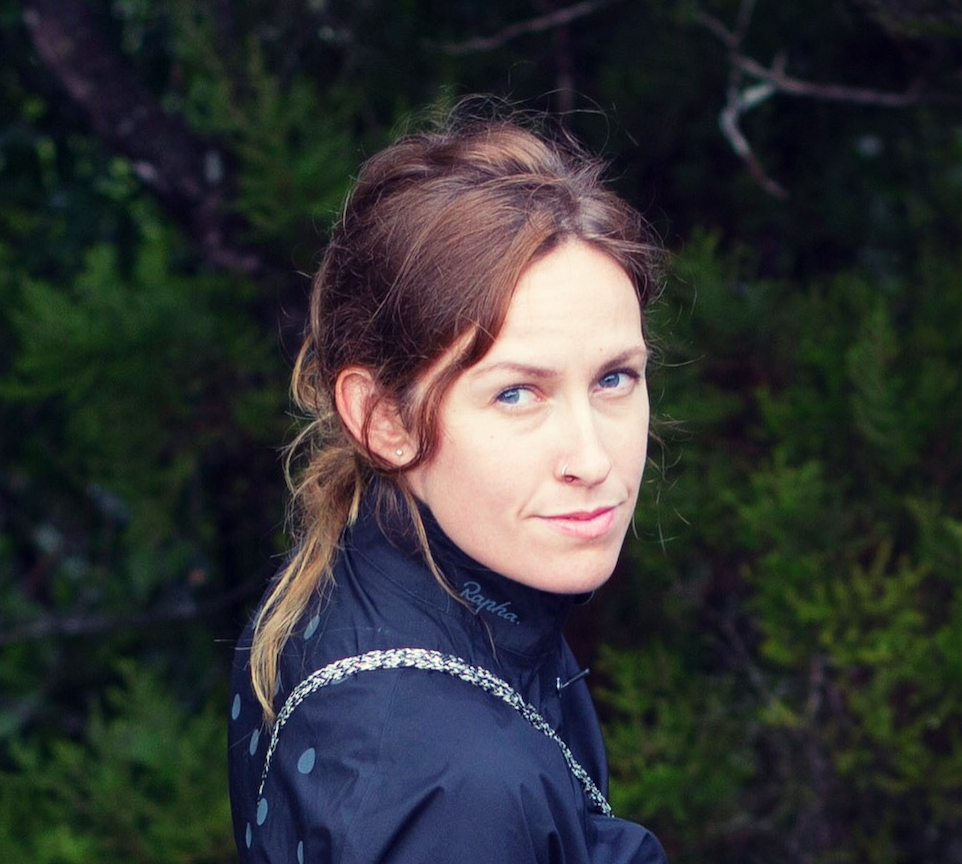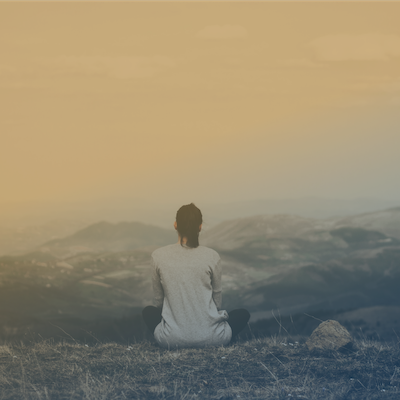
All January, we’ve been focusing on forgetting the idea of “resolutions” and instead pursuing little steps toward lasting change. It’s not as sexy, but it works. After all, it’s human nature to want big, immediate change, but we need to train our imagination to function as a motivator, not a mechanism of failure and disappointment. And when we take a bunch of little steps over time, that’s all big goals are anyway.
But there’s always reality to deal with, and the reality is that in January 2021, it’s difficult to even take little steps. A global pandemic still raging on, a coup on the US Capitol, a new American president… who has the time or energy to make a to-do list, let alone a personal improvement wish list?
That’s why we wanted to simplify and suggest one final teeny, tiny step this January that can make all the difference in feeling better – for you, for your friends, for that one neighbor that never waves, for anyone. Ready? Here it is:
Log your mood.
That’s it! It’s the simplest action with the biggest pay off. Let me explain why.
Most of you are Sanvello members, so you’re familiar with logging your mood already. Humans like knowing their mood. How do you think mood rings became so popular? Or journaling? Or writing notes to our best friends? So many of the decisions we make day in and day out are based on our moods and emotions.
Where we run into problems is when our moods control us, rather than us controlling our moods. We’re reactionary, and that means our moods and emotions can start to dictate what happens in our lives. Worse, those bad moods and tough emotions can become a real pile-on that’s hard to shake off.
The best way to break that pattern is to see the pattern. That’s why we mood track.
What to track and when
 We try to make this part easy. When you open the Sanvello app, there’s always a prompt in the feed to log your mood, and you can check your mood over time by clicking “Me” and then “Mood.” But you can track your mood any way you like: digitally, in a journal, on a calendar, etc. The point is to do it at least once a day.
We try to make this part easy. When you open the Sanvello app, there’s always a prompt in the feed to log your mood, and you can check your mood over time by clicking “Me” and then “Mood.” But you can track your mood any way you like: digitally, in a journal, on a calendar, etc. The point is to do it at least once a day.
When you log your general mood (good, bad, fine), also note your specific feelings (anxious, excited, wary, irritated) plus a note about what’s happening. Here’s an example of how I’m feeling right now:
Tracking your mood in this way makes it easier to spot patterns in the future. One important thing to remember is that sometimes, when we’re in a good mood, we can often forgo tasks like this. We might think, “Ah I’ll do it later, I’m having a good time.” But the best picture is a complete one.
What to do with a pattern
Patterns help us investigate what works for us and what doesn’t. Let’s consider a few different scenarios:
1. It feels like you’re not making any progress.
We all feel this way sometimes, but tracking our mood helps us to understand if it’s true. When you have a history of moods to look at, you might see you’ve actually made great progress. Your mood is better and better over the months, even if you’re still logging most moods as “Okay.”
If it turns out to be true, and your mood really isn’t getting better over time, then you know it’s time to investigate why. A coach or a therapist can be really helpful in identifying habits that might not be serving you.
2. You feel happier, but somehow, you’re also more stressed.
Here again is why we track the emotions that come along with moods. I’m guilty of frequently marking my mood as “Good” because I’m a people pleaser – even when “people” is just an app. But the emotions I tracked alongside my mood often included things like, “Nervous,” “Jittery,” and “Stressed.” This can be a sign to dig into your choices and habits.
When I reviewed my mood entries, it painted a picture of constant work. I saw the pattern, knew I needed to spend more time just taking care of myself, and I started to schedule 30 minutes per day that was just for me.
3. You’re seeing a lot of bad moods, and it feels like it’s getting worse.
If you’re seeing a lot of bad moods, that might feel discouraging, but that’s information you can use. Take a look at the good moods specifically. What was happening? What were you feeling? And what from those days can you incorporate more of in the future? Were you feeling better after meditating? Maybe you logged a great mood after calling a friend. These examples are why we recommend logging your mood along with a little context.
A negative pattern like this also tells us when we need to bring in a little support. Think of making changes in your life, like redecorating a house. Most of us can move a chair, hang a picture, paint a wall… but if we want big changes, like tearing down walls or installing appliances, we typically call in the experts. It’s the same with our mental health. We all know how to queue up a meditation or go for a walk, but sometimes it just makes more sense to work with others. Plus, we’ve got therapy and coaching right here in the app, making it that much easier for a therapist or coach to see your moods over time and help you make changes right away.
How to get started tracking your mood
We do our best to make mood tracking easy at Sanvello. That’s why we send a notification every day asking how you’re doing. It’s a simple reminder to track your mood, but it’s also just a reminder to check in with yourself in general. Are you breathing? Are you scrunched over a screen? Have you been outside? Had some water? You doing OK? If you want to turn the notification on, just head into your settings in the app and then into notifications.
If you prefer to track your mood elsewhere, that’s OK too! Maybe set a reminder on your phone to do so every day, or tie it to an existing habit, like before you go to bed. This is a tiny step that can take as little as a few seconds, but can add up to big revelations and even better progress. It’s also one of the core tenants of cognitive behavioral therapy: mood tracking helps us see the link between the effort we make and the things we think and feel.
Have you tried mood tracking already? What have you noticed about your own moods when you tune in? Share on the Your Stories Community in the app. Your inspiration might be just what someone else needs.

By Kelton Wright Vice President Content, Strategy and Production at Sanvello
Kelton is an author, editor, and athlete passionate about helping people live happier lives. She’s taught mindfulness to NFL coaches, led hundreds of women through cycling clinics, written an Amazon best seller on dating, and worked with brands like Runner’s World, Rapha, Headspace, Teen Vogue, Bicycling Magazine, Thrive Market, Skratch Labs, Peloton Magazine, and more all with the mission of empowering others. She is currently the VP of Content, Strategy, and Production at Sanvello. Follow her on Instagram: @keltonwrites
